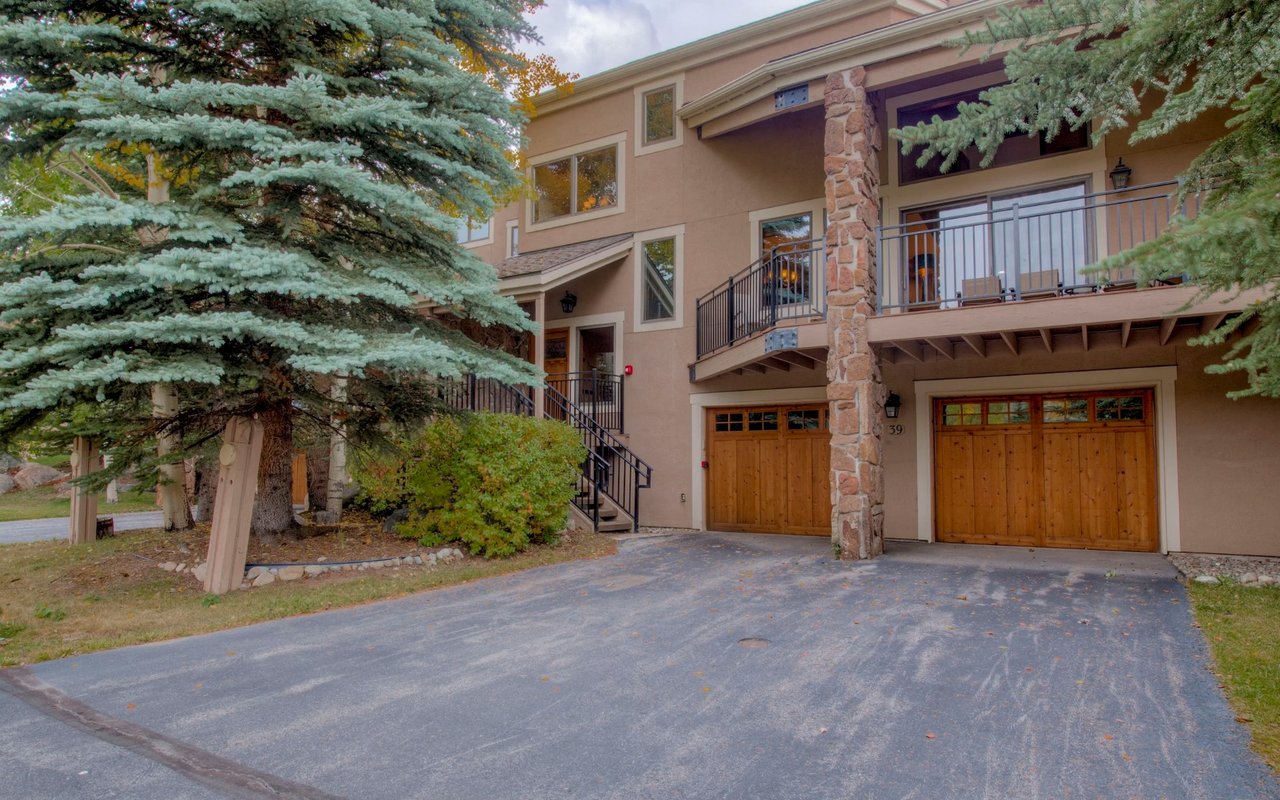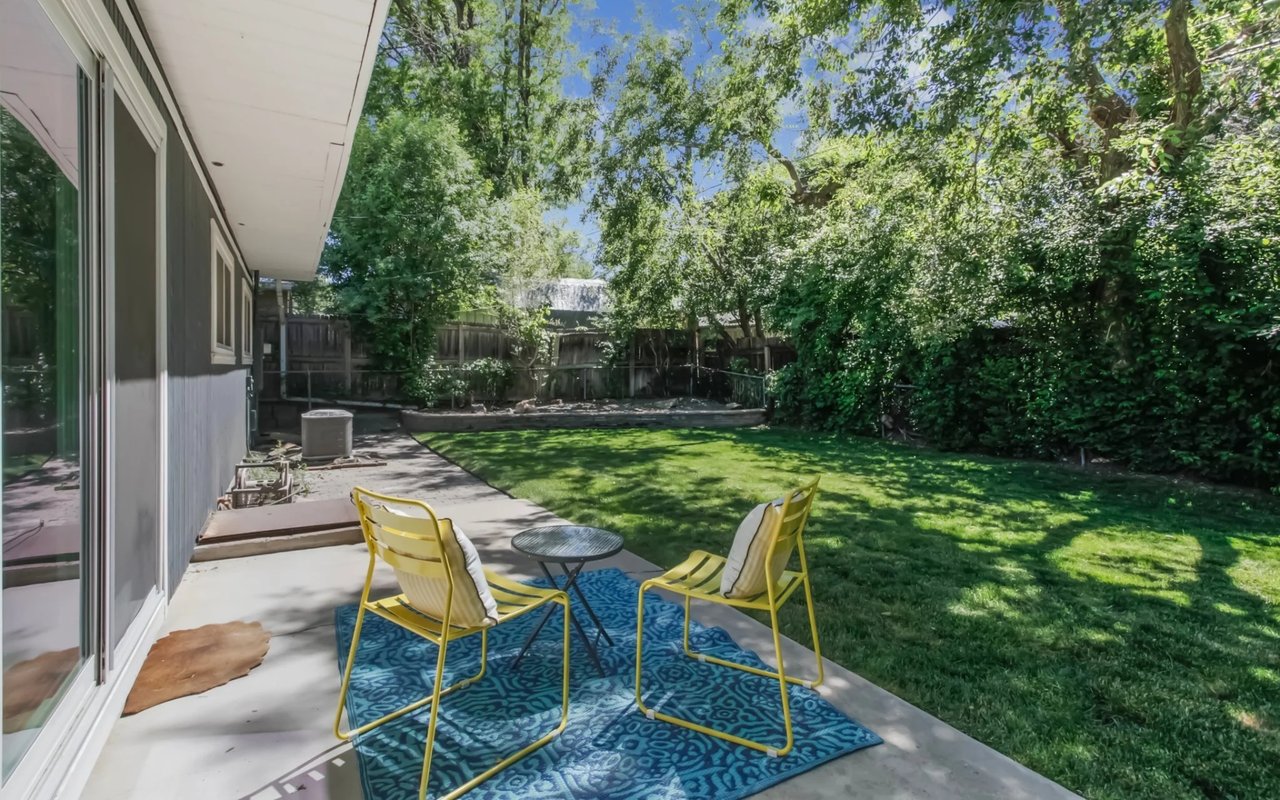For many Front Range residents, owning a vacation home in the Colorado Rockies may seem like an unattainable aspiration. Despite the pace of home sales in Colorado’s mountain communities slowing down in the past year, prices are still peaking, which makes the high-country real estate market impenetrable for many prospective buyers.
Enter shared ownership: a home-buying strategy that allows multiple people to jointly purchase, own, and use a single property. Also known as co-ownership, shared ownership can drastically decrease the costs associated with owning a property and offer a more viable, flexible path to second-home ownership. It’s a practice that’s gaining momentum as real estate prices continue to rise all over the U.S.—in fact, the Wall Street Journal reported that, between 2014 and 2021, the number of co-buyers with different last names increased by a whopping 771%.
So is sharing ownership of a property right for you? Here, you’ll find everything you need to know about the popular strategy—including how it works, its benefits, and its potential drawbacks—to help you determine if it’s the right fit for your real estate goals.
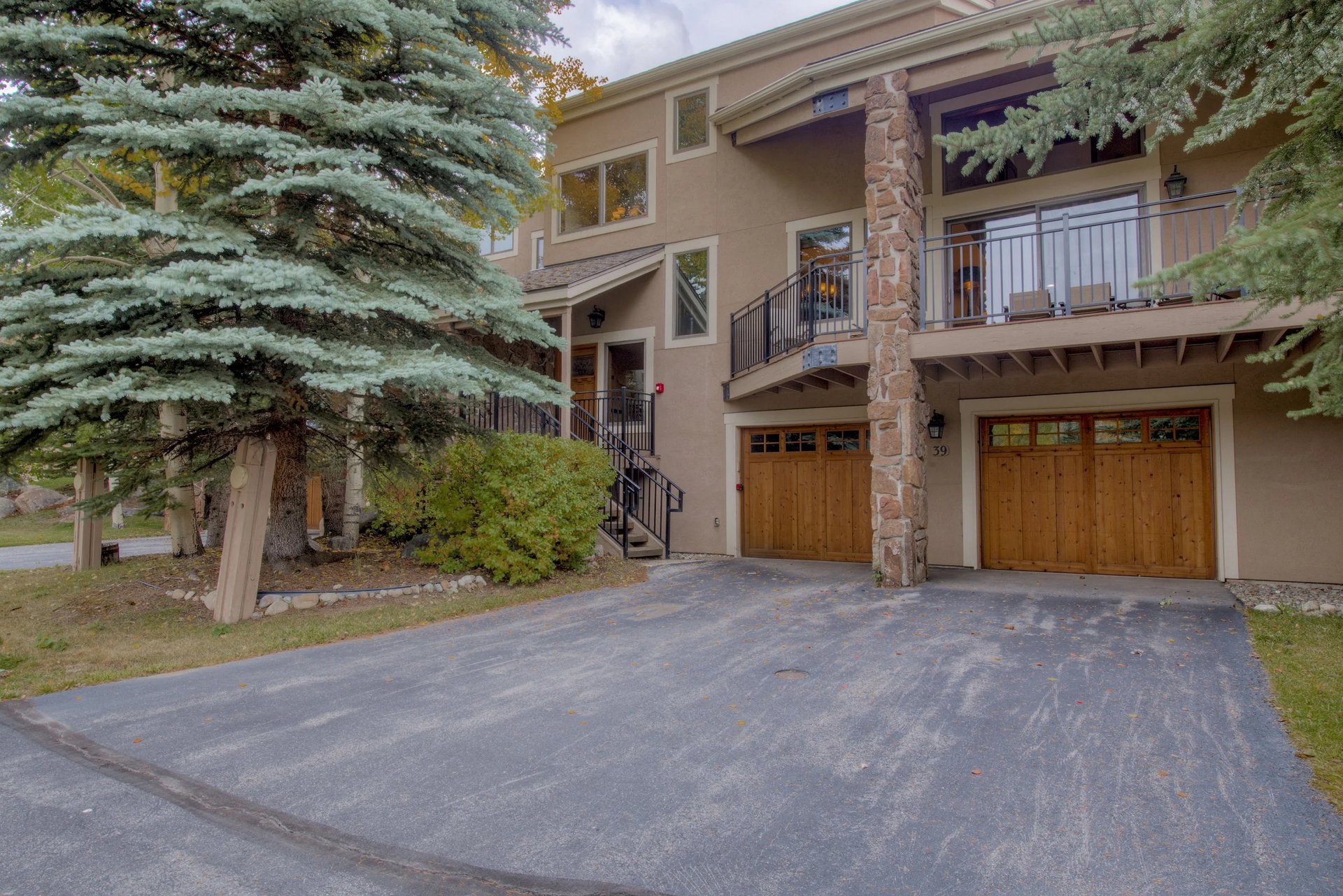
23087 Barbour Drive Unit 39, Keystone, Colorado. 1/4 Share Opportunity Listed by Jeff Piquette, Iron Works Realty. View Listing
How Does Shared Ownership Work?
Shared ownership properties involve two or more parties sharing the costs, responsibilities, and benefits associated with a jointly purchased property. This tactic can apply to various residential property types—including single-family houses, apartments, townhouses, and condos—and it’s commonly used for vacation homes. Think about it: With your demanding work schedule, social commitments, and day-to-day responsibilities, you can’t spend all of your time at your vacation home, so why would you pay for it in full?
Typically, a shared ownership arrangement is made between a group of friends or family members who decide to purchase a vacation property together and divide the costs and usage of the property. Alternatively, you can purchase a fractional share of a property without knowing the other co-owner(s). This situation can occur when someone who owns a second home no longer has the financial means to pay the full mortgage or simply isn’t spending as much time at the property as they intended, so they seek to offload some of the home’s costs and responsibilities.
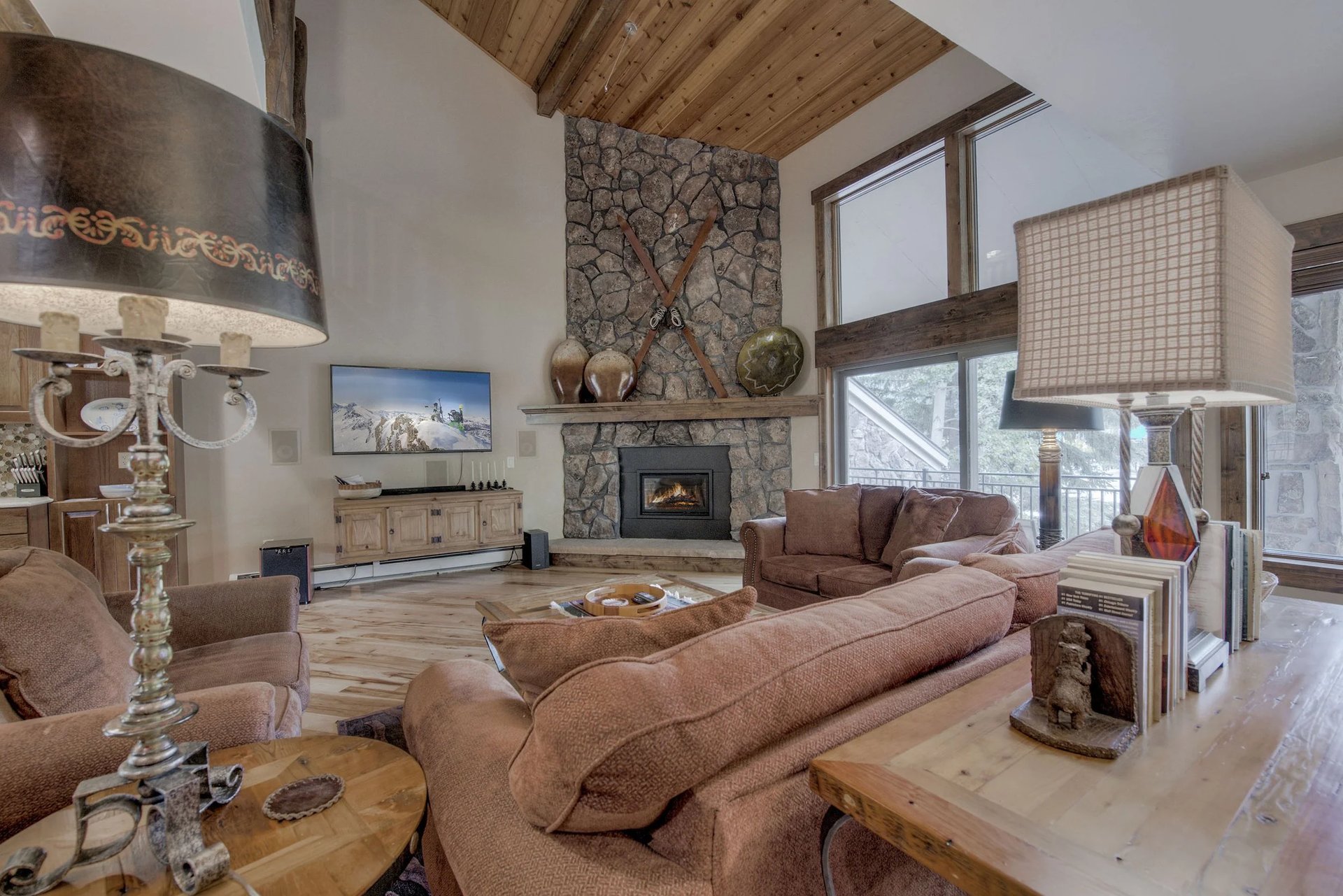
Investing in shared property is a great way to invest in a second home or vacation home with friends and family. Escape to Summit County to enjoy world-famous skiing and outdoor activities with this 1/4 share opportunity in Keystone, Co. View listing here.
Two of the most common types of shared ownership are tenancy in common and joint tenancy. In Colorado, tenancy in common is assumed unless the deed explicitly states joint tenancy. Here’s how those agreements compare:
Tenancy in Common: In this arrangement, each tenant owns a separate fractional share of the property, which may or may not be equal. (For example, one owner might have a 70% share with two co-owners at 15% apiece.) Each co-owner can transfer their share of ownership by sale, gift, or will without the consent of the other co-owner(s). TICs typically do not have rights of survivorship, meaning that if a tenant dies, property shares pass to an heir instead of the remaining tenants. TICs are generally used when co-tenants are not related.
Joint Tenancy: Similar to TIC, each co-owner can hold an unequal percentage of shares in the property and freely transfer their shares without the consent of the other co-owner(s). The key difference is that joint tenancy implies right to survivorship, meaning that if a tenant dies, the surviving tenant(s) become the sole owner(s) of the property. This is typically used when tenants are family members.
No matter the type of agreement you choose, shared ownership properties require a clear outline of responsibilities, decision-making processes, and exit strategies. It's imperative to work with legal and financial professionals to ensure that your interests are protected and to understand the potential risks involved—even if you decide to co-own with a close relative or trustworthy friend.
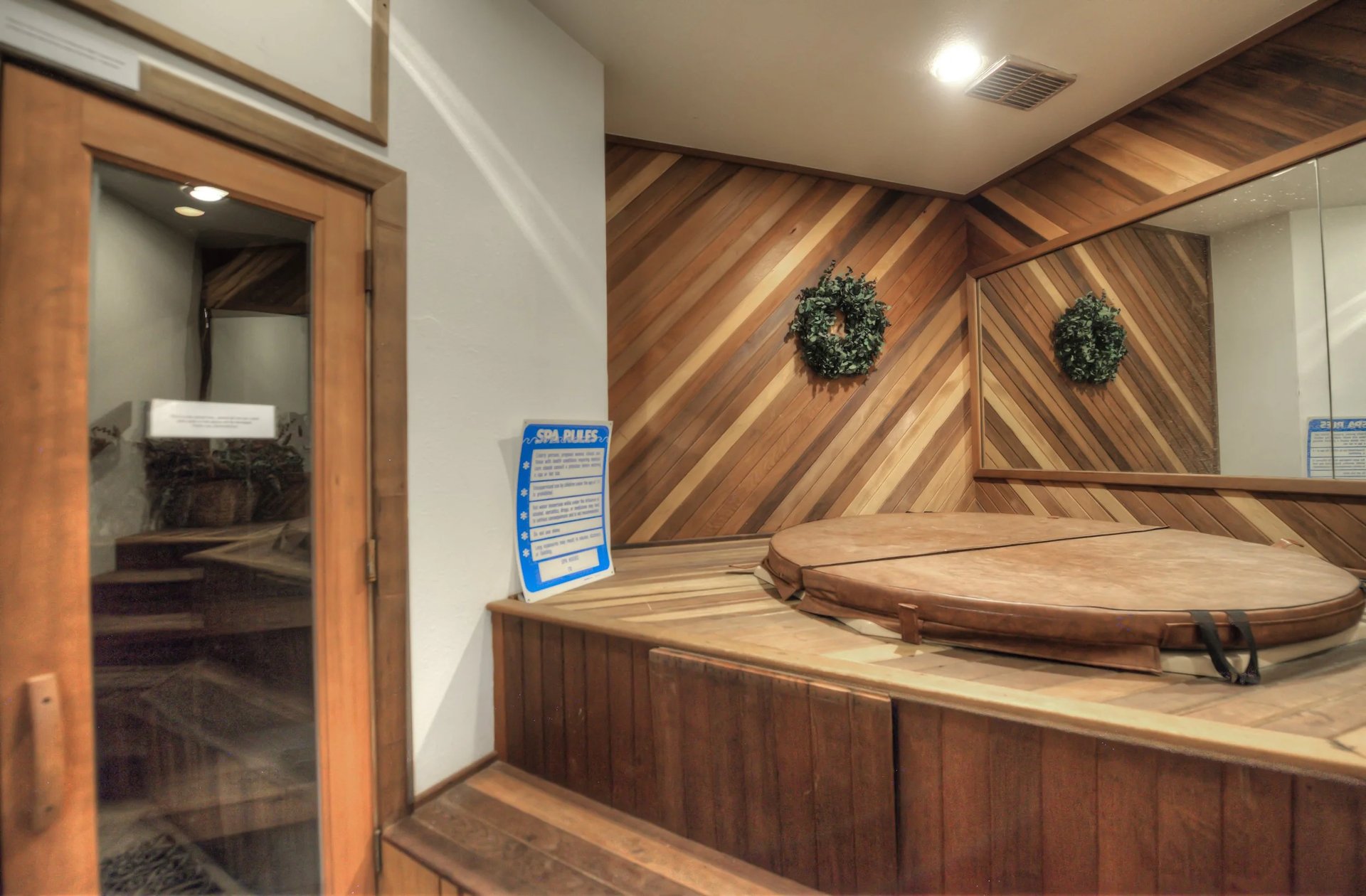
Shared responsibilities and amenities are some of the benefits of shared property. View Keystone Listing here.
What Are the Benefits of Shared Ownership?
Affordability and accessibility: Shared ownership properties can be more affordable than solo ownership, as the mortgage payments, maintenance expenses, and sometimes even down payment are divided. This increases accessibility to real estate opportunities for those with limited financial resources—especially in Colorado mountain communities, where median home prices regularly soar above $1 million. Shared ownership may make securing a home loan more accessible as well, since buying a portion of a property typically requires a smaller deposit than a traditional mortgage.
Equity: For those who don’t have the financial security to solo-purchase a second home, shared ownership can open the door to additional equity-building opportunities. Just as with whole-home ownership, the value of your fraction of the property moves in line with the real estate market.
Shared responsibilities: Fixing leaky faucets, yard work, changing air filters, deep cleaning—taking care of a home can feel like a full-time job. Most co-ownership agreements include guidelines for dividing upkeep and routine maintenance between all tenants, which can be a big perk for busy professionals with limited time to spare.
Flexibility: If you love to travel, shared ownership may make it easier to own multiple vacation properties in different locations. Say you love spending your summers in the mountains and your winters at the beach—owning shares of properties in both locations may be much more attainable than owning multiple whole homes.
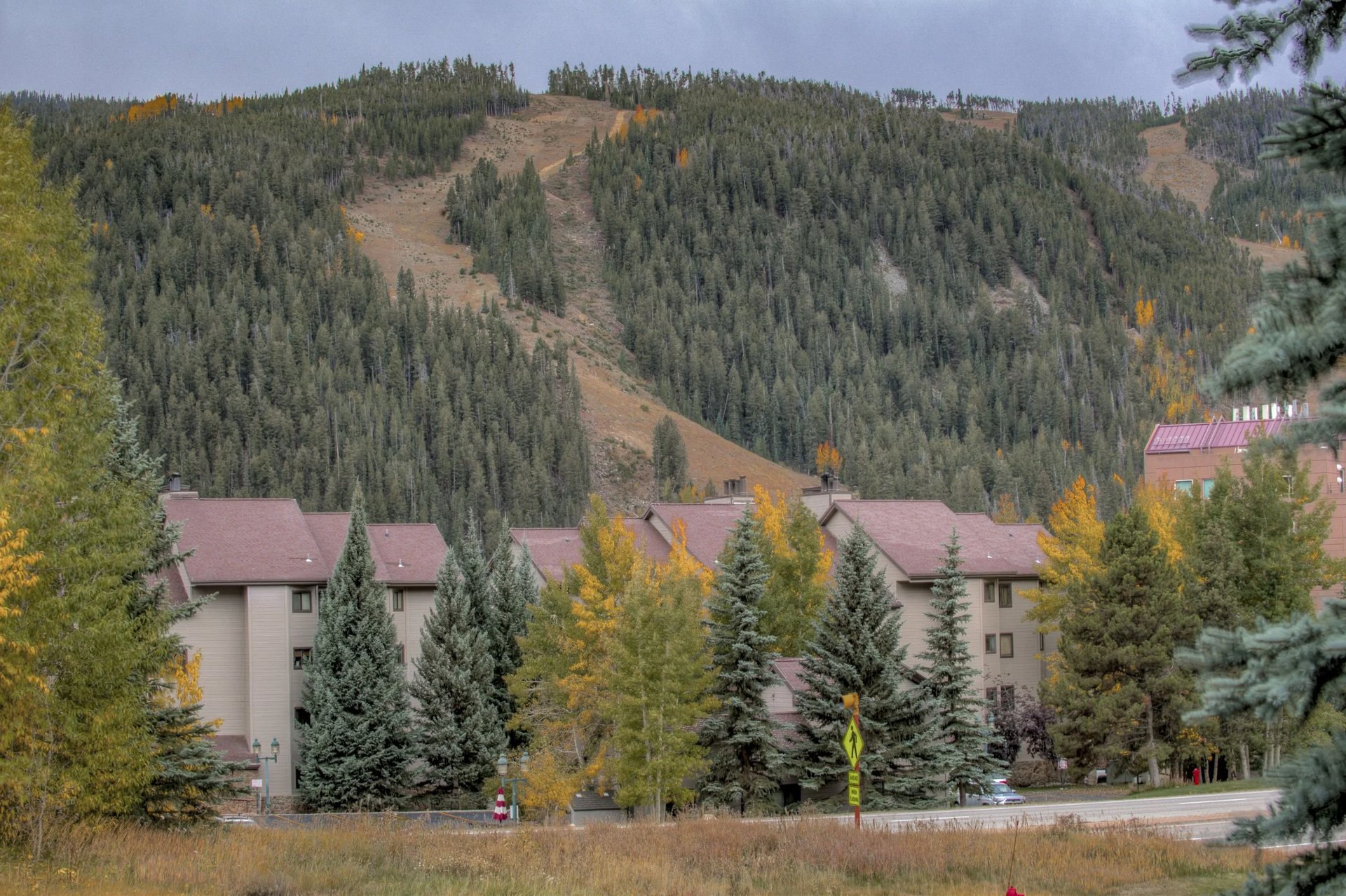
What Are the Drawbacks of Shared Ownership?
Fewer financing options: Securing financing for a shared ownership property might be more difficult than doing so for a solo-owned house. Fewer lenders offer mortgages for co-ownership, so it may take more time to obtain a loan.
Personal issues and payment risk: Entering a legally binding contract with friends, family, or even strangers puts personal dynamics at risk. Some degree of conflict, disagreement, or awkward interaction is bound to arise. As mentioned before, maintenance and financial obligations fall on all owners, which can become a hindrance if one owner fails to do their part.
Limited freedom: Say you want to update the home’s kitchen cabinets or purchase a new sofa for the living room—not so fast. Any decision about maintenance, decor, and/or selling your ownership must be approved by all owners.
So, Is Shared Ownership Right for You?
As with any huge financial and real estate decision, shared ownership presents an array of potential risks and rewards. To help determine if shared ownership is the right path for your needs and desires, ask yourself the following questions:
- How much independence and autonomy do I want/need when it comes to finding the home, making design choices, and operating and maintaining the property?
- How often do I plan to use the shared property? How much reservation flexibility and predictability do I need to accommodate my/my family’s schedule?
- Am I comfortable with entering a legally binding contract with family or friends, or would I prefer co-owning with a stranger?
- Do I have the time and desire to operate a shared vacation home and fulfill my obligations as a co-owner?
- What are my short- and long-term plans and financial goals and how does shared ownership factor into those? Do I think my lifestyle in 5-10 years will still be able to accommodate a shared ownership property?
- Do I want amenities like daily housekeeping, swimming pool, gym, or restaurant? Or, am I really only interested in having a second home in a desirable location?
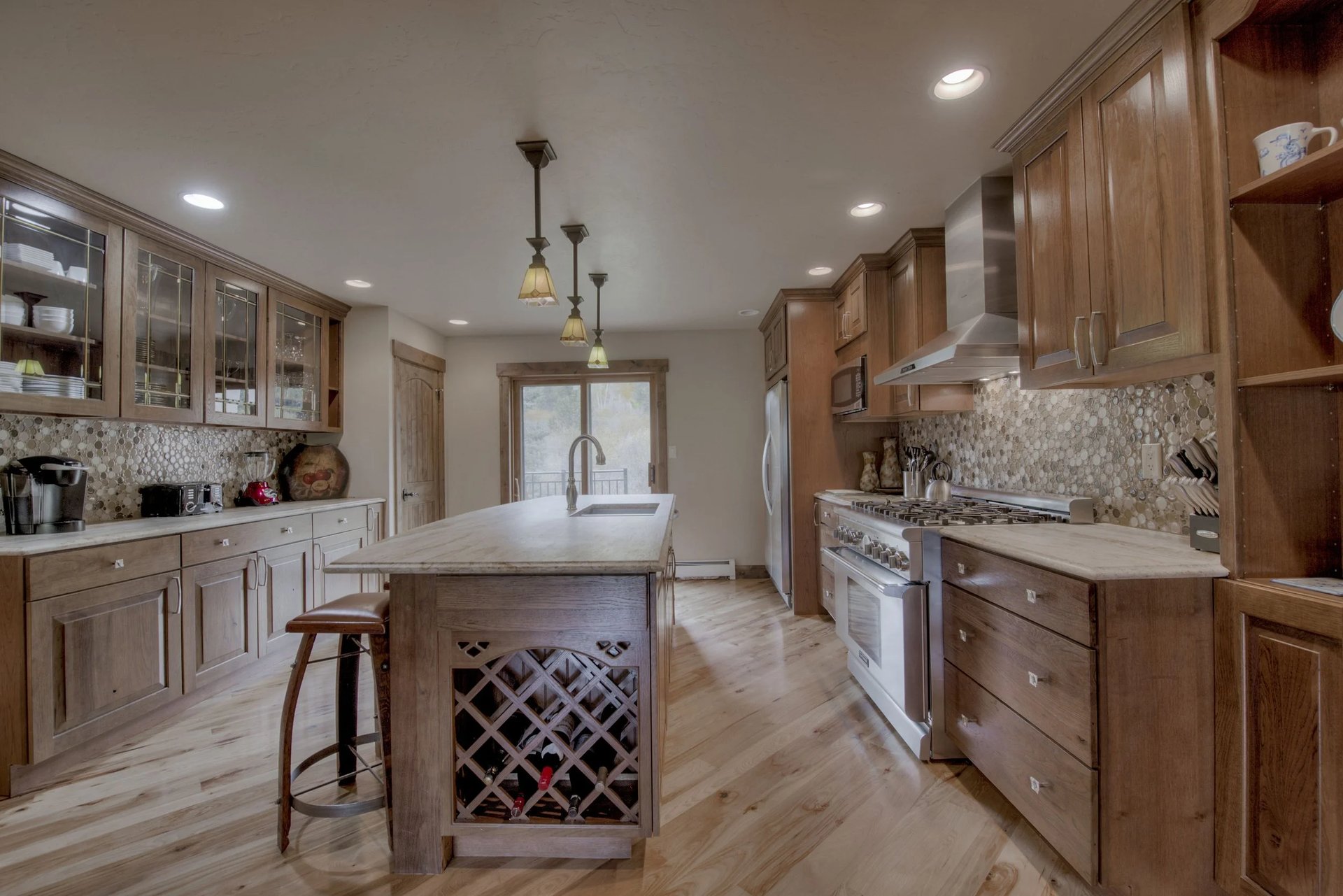
Well appointed kitchen at 23087 Barbour Drive Unit 39. View listing
Interested in Shared Property? Contact Iron Works Realty.
If you’re interested in shared property, Iron Works Realty can help. Check out our listing for a ¼ shared ownership opportunity in Keystone, Colorado. Located in the heart of Colorado's iconic Keystone Resort, owners will enjoy 13 weeks per year with two-week stays available in the summer. This unit is perfect for families balancing busy schedules, school breaks and holidays. The Enclave offers an exceptional mountain living experience with premier location, newly renovated interior, and spacious layout. Hop on the nearby River Run Gondola for a day on the mountain or enjoy the many restaurants, breweries and coffee shops within walking distance.
